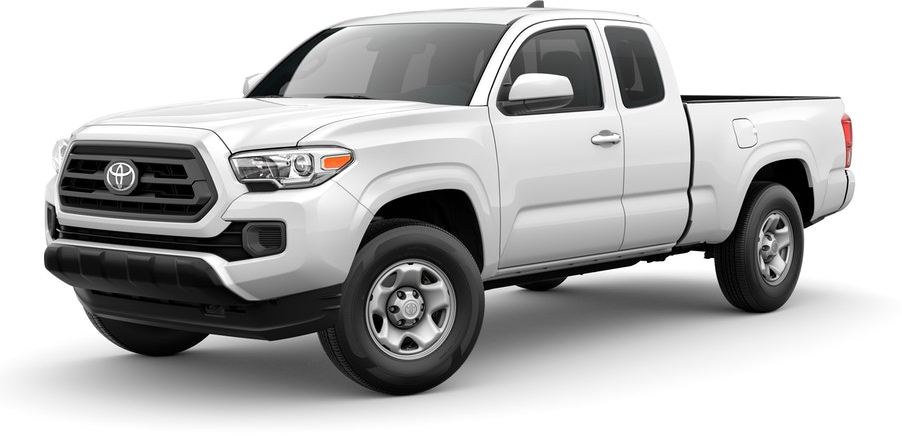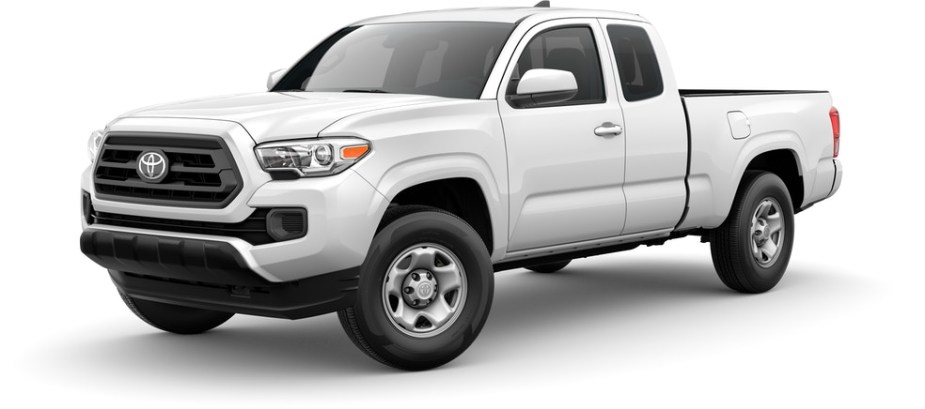
The 1 Major Difference Between 4-Wheel-Drive and All-Wheel-Drive
If you’re shopping for a new SUV you may be overwhelmed by all of the things you have to consider. There are seemingly endless features that are both standard and optional, and determining which ones you need can be a daunting task. Yet some are really important, and whether you buy 4-wheel-drive or all-wheel-drive in your new SUV or truck may matter to you. Here’s the difference between 4WD and AWD and which one is right for you.

What is 4-wheel drive?
Four-wheel-drive, or 4WD, is generally found in pickup trucks and serious SUVs like the Ford Expedition or Chevy Suburban. According to Driveway, “4WD sends power to both front and rear axles, but 4WD locks the front and rear driveshafts together.” That means that the front and rear axles are both receiving the same amount of power, and the SUV or truck can handle tough terrain.
Four-wheel-drive is typically turned on by a button, as opposed to all-wheel-drive which is always on. Because four-wheel-drive is so good on off-road conditions, it’s generally too much for regular driving, and you won’t want to have it on when you’re taking your kids to school or commuting to work. Driveway points out that some SUVs and trucks have a high or low setting and the “high setting may help with slippery on-road conditions while the low setting gives max traction when off-roading.”
What is all-wheel-drive?
All-wheel-drive also sends force to both the front and rear axles. Unlike four-wheel-drive, where this torque is applied evenly, all-wheel-drive “allows for a variation in the power that’s sent to each axle which allows the wheels to rotate at different speeds, providing better handling on dry pavement, too.”
There are two main types of all-wheel-drive: part-time and full-time. As the name implies, full-time all-wheel-drive is always on. Part-time all-wheel-drive uses sensors to know when it should turn on.
What’s the difference between 4WD and AWD?
One of the biggest differences between four-wheel-drive and all-wheel-drive is that four-wheel-drive is usually reserved for off-road function. If you live in a mountainous or difficult terrain, you may want a vehicle with four-wheel-drive to make sure that you can handle extreme conditions. Four-wheel-drive is also great for off-roading.
On the other hand, all-wheel-drive can be on all the time or it can come on only when needed. Driveway says that the part-time nature of all-wheel-drive makes it more fuel-efficient, which makes it a very popular option, especially at this time of sky high gas prices. Still, neither all-wheel-drive or four-wheel-drive are cure-alls for the problems you may encounter on the road. While they’re both very useful on tough terrain, neither of them is going to be much help if you take a tight corner too fast or on some slippery ground.
The difference between 4WD and AWD is an important one to know. Whether you need either may be a different story. It’s a good idea to think about the terrain where you live and what your needs may be before you go car shopping. Both four-wheel-drive and all-wheel-drive can be useful in different situations, and may benefit you depending on where you live.


